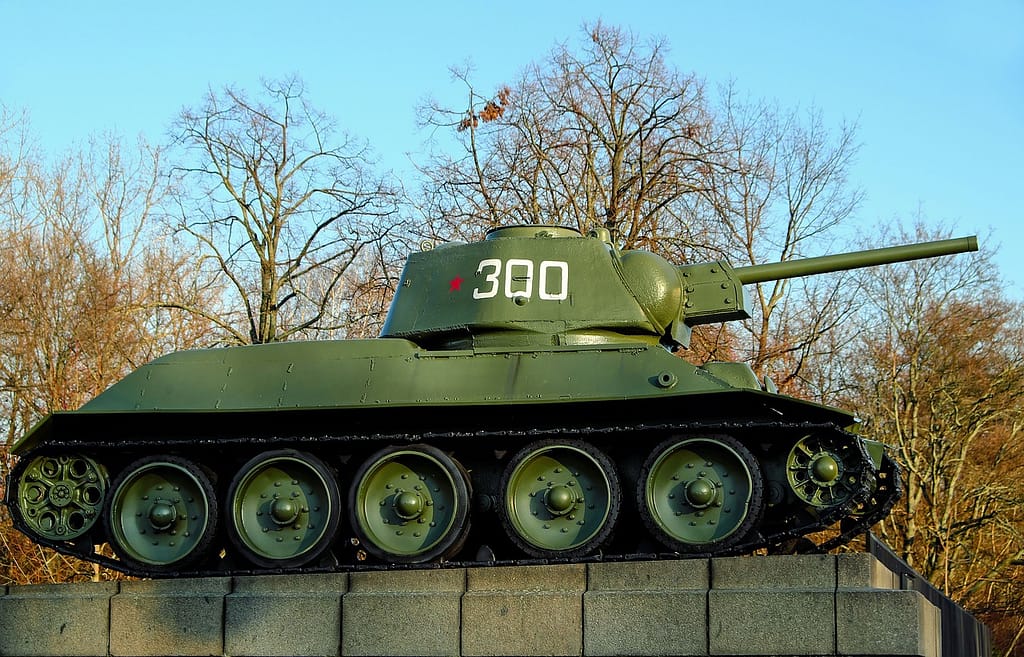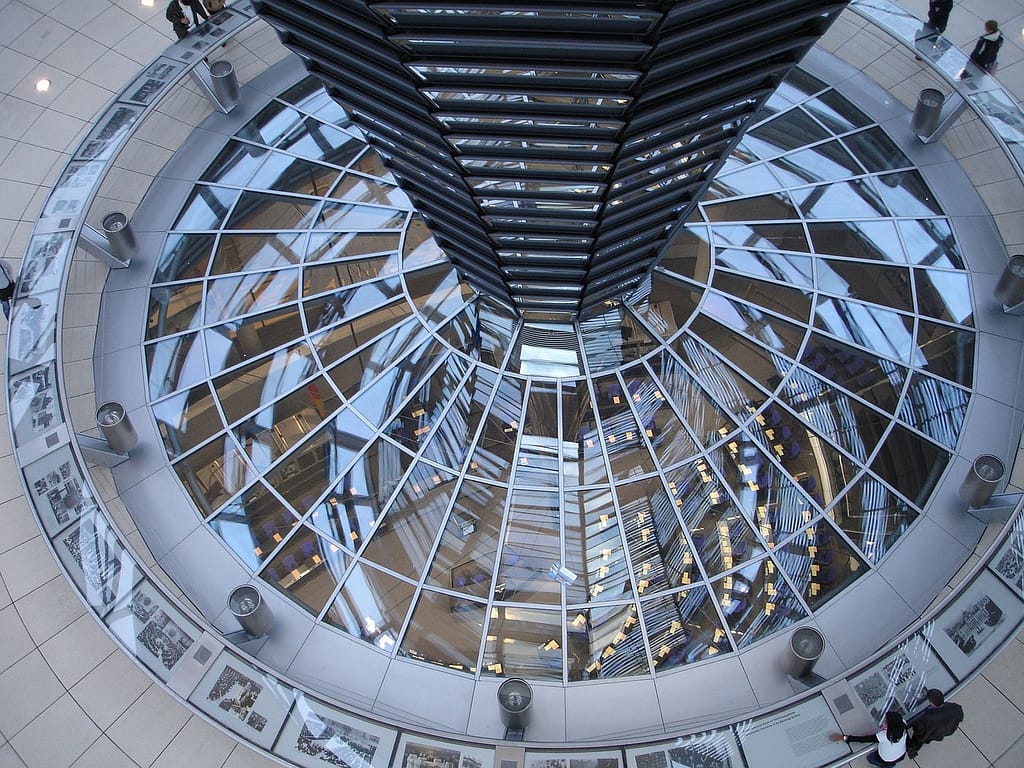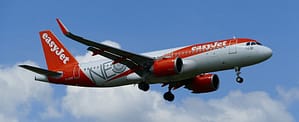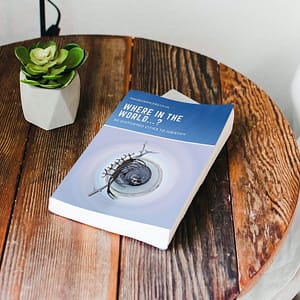Berlin is one of the most fascinating and lively cities of the world. Shaped by a turbulent history it will always persuade you to visit more than once. My first visit was 47 years ago at the height of the Cold War. As a naive 17-year-old I was terrified I had somehow wandered in to Soviet East Berlin when I came across a tank in the Tiergarten. Embarrassingly, I later discovered it was nothing more sinister than a monument.

Much older and wiser my last visit was to a united Germany, whose capital was once again Berlin. In between I have seen the changes in the city and will continue to visit as there is so much left on the Berlin Bucket List
Here then are some highlights for a short break to experience just something of what the city of Berlin has to offer.

The Reichstag
The Reichstag is once again the seat of the German parliament, the Bundestag. An impressive building it was completed in 1894 as a proud symbol of the power of the German Reich. Destroyed by arson in 1933 and bombed during World War II it was redesigned and transformed by the celebrated English architect Sir Norman Foster. The most notable addition is the Cupola on top of the building. Made of glass and steel and with a ramp spiralling up to the top, it offers breathtaking views across Berlin.

Brandenburger Gate
This impressive gateway, crowned with a splendid Quadriga sculpture, in the middle of Pariser Platz is to Berlin what the Eiffel Tower is to Paris and the Statue of Liberty is to New York City. It is the undisputed symbol of the city and, since 1791 when it was completed, has survived all the city’s turbulent past.
Around Pariser Platz are the embassies of France, Britain and the United States and the prestigious rebuilt Hotel Adlon Berlin. Destroyed during World War II it was a favourite of pre-war celebrities such as Greta Garbo, Thomas Mann and Charlie Chaplain. Since it was rebuilt after Reunification it is used by visiting Heads of State.
Tiergarten
West of the Brandenburg Gate is Berlin’s green centre, the Tiergarten. Originally used as hunting grounds for The Elector of Hannover it was later redesigned as a park in the 1830s. It is very popular with Berliners and visitors who love to stroll, cycle or picnic in the park.

Apart from the parkland and several gardens, including the English Garden (Englischer Garden), there is a lake and it is bordered by the River Spree.
The world renown Berlin Zoo, Germany’s oldest and largest zoological gardens, is in the south-west corner. The Tiergarten is also home to the Kulturforum, a complex of museums and concert halls used to showcase international culture.
Memorial to the Murdered Jews of Europe

Close to both the Tiergarten and the Brandenburg Gate is the Memorial to the Murdered Jews of Europe. Consisting of 2,711 concrete slabs of varying height it is left to the visitor to interpret. As you walk between the slabs it is sobering whatever your interpretation.
Potsdammer Platz

Before the Second World War Potsdamer Platz was the bustling heart of Berlin. Only after the fall of the wall did it regain its former glory albeit with a modern twist. Transformed from the desolate postwar wasteland it is now surrounded by edifices of glass and steel. This a city within a city focussed mostly on entertainment. Dominated by the Sony Centre with its cinemas and restaurants Potsdamer Platz has become the social centre of Berlin.
Apart from cinemas there are also shopping arcades, cafes and Berlin’s largest show stage at the Theater am Potsdamer Platz.

Museuminsel
Museum Island is Berlin’s UNESCO World Heritage Site and, as the name suggests, is home to many of the city’s museums. Between them, they house collections that span more than 6000 years of art and culture. The Pergamon Museum has the most important collection of ancient art and architecture in the World. Among the collection is the Ishtar Gate of Ancient Babylon date from around 600 BC and the famous Pergamon Altar from Ancient Greece.
Also on the island is the Old National Gallery which is home to 19th-century paintings and sculptures and the Berliner Dom with its magnificent dome.

The Berlin Wall
No visit to Berlin would be complete without a visit to what little remains of the Berlin Wall which divided the city for just under 4 decades There are several options depending on your time, energy and inclination. The Berliner Mauerweg is a walking or cycling trail that traces the course of the wall passing areas of historical interest, iconic graffiti and areas of natural beauty. Alternatively, you can take one of any number of tours with knowledgeable guides or visit the Berlin Wall Memorial.

All the highlights mentioned above are within walking distance of each other and can easily be done in 24 hours. They are also only a short walk from the Central Railway Station, Berlin Hauptbahnhof.
Berlin is a city that is not easy to get the feel of on a short break. I have given a taste of the city but you will, like me, want to return on more than one occasion. For more information and what else to see check out www.VisitBerlin.de



